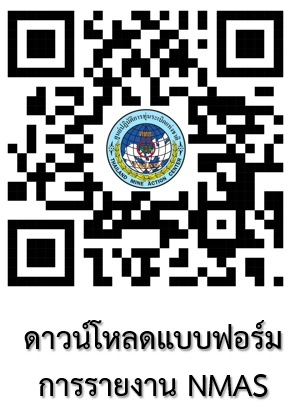Implementing a Law: A Step-by-Step Process
Politics aside, the process of passing legislation is relatively simple. Once it is negotiated and approved by both the House and Senate, the bill is sent to the president, who decides whether to veto it or sign it into law.
But enacting a law is only step one in a complex process that must occur before the law takes full effect. While the laws Congress has passed in recent years have become increasingly detailed, most legislation sent to the Executive Branch departments and agencies for implementation remains vague. Early on, general information about the new law is produced, including Frequently Asked Questions, or FAQs, as well as resources for the major provisions and "nonregulatory guidance" that provides helpful but nonbinding clarifications on potentially ambiguous issues when putting the law into practice.
Regulations, on the other hand, are specific and have the force and effect of law. Issued by the agency—in K–12's case, the U.S. Department of Education—regulations detail the requirements to implement and enforce the legislation.
Educators can expect to see the following directives in the regulations for ESSA: operating procedures, requirements for participating in the various programs, curbs on how federal funds are spent, and effective dates.
The regulation process breaks down as follows:
- Initiating events:Regulations come from two areas—those developed under the agency's statutory authority, and those that stem from the passage of the law. In some instances, the agency must have a negotiated rulemaking period before the regulations are submitted to the Office of Management and Budget (OMB), which oversees the administration's role in the regulatory process and produces the budget proposed by the president.
- Publication of proposed rule:At this point, the proposed rule is published in the Federal Register, the official journal of the federal government, providing an opportunity for review and public comment before it is adopted. The Federal Register, which is published daily, includes presidential documents, rules and regulations, proposed rules, and notices produced by government agencies.
- Public comments:Usually a standard 60-day period is set aside after the proposed rule is published to give the public an opportunity to submit comments. Organizations such as ASCD also provide comments on proposed rules so that regulators can understand the impact they will have in the community. The federal agency must publish any comments and materials online.
- Publication of final rule:After the comment period and review by OMB and its Office of Information and Regulatory Affairs (OIRA), the Federal Register publishes the final rule with the date of when it takes effect. Although agencies are not required to make changes based on the comments received, they must address any issues brought up by organizations or the public in the final rule.
Once the final regulations are published, they are sent to states and school districts to implement at the local level. The regulations will remain in place until the bill is reauthorized again by Congress, which is when the entire process starts over again.



















